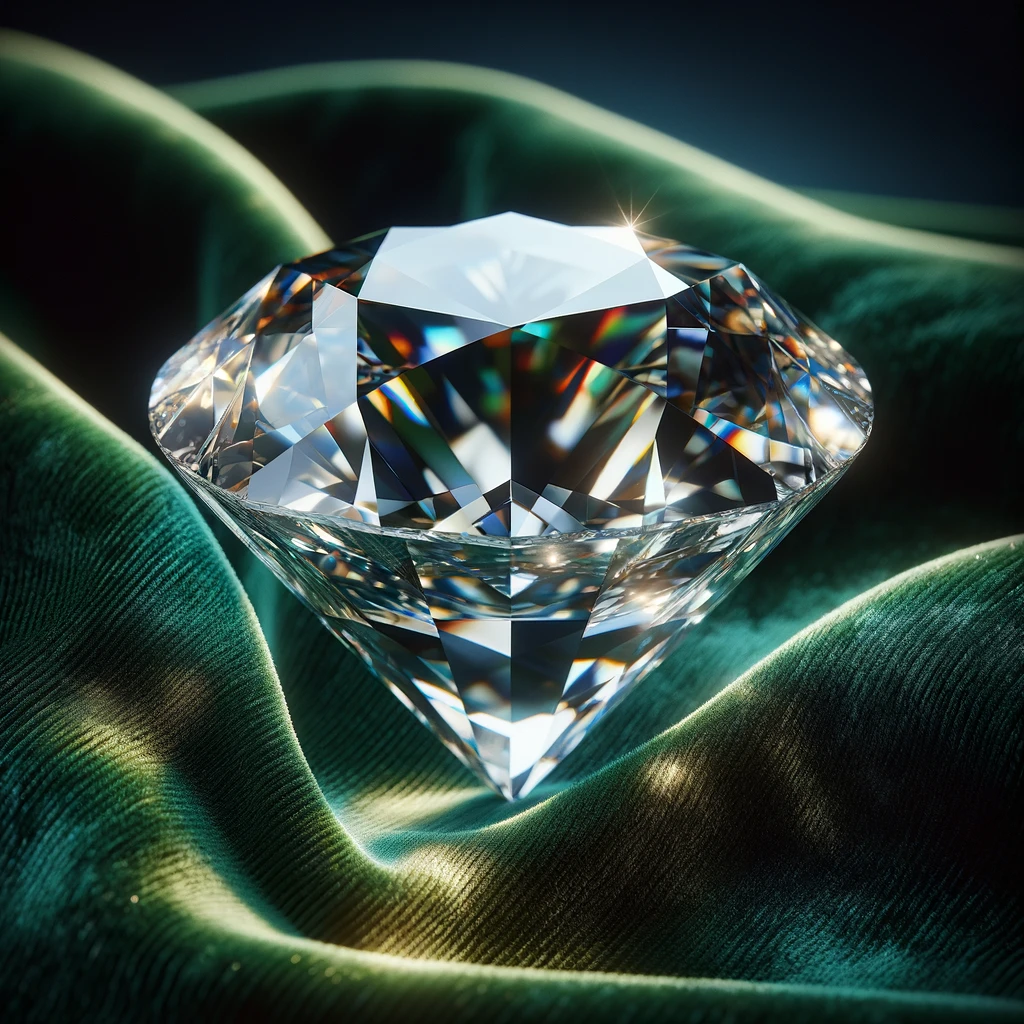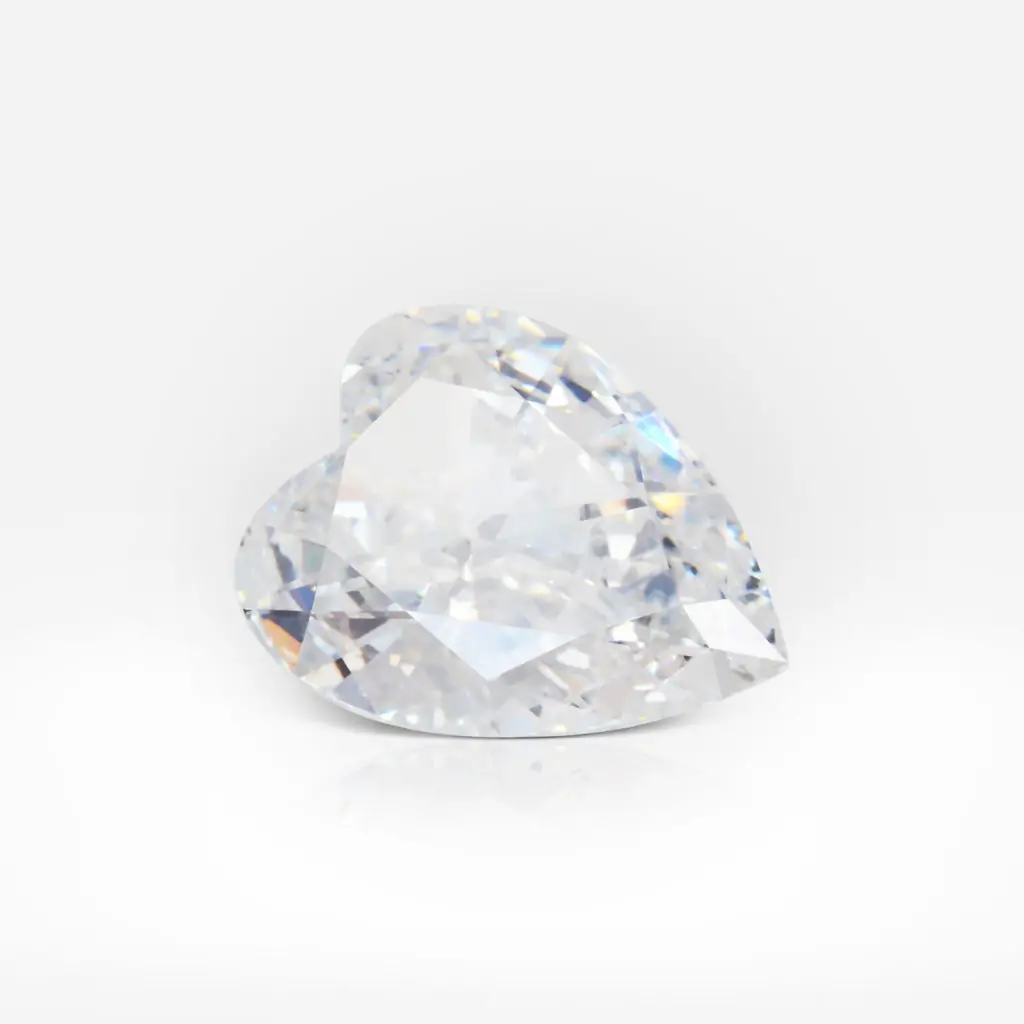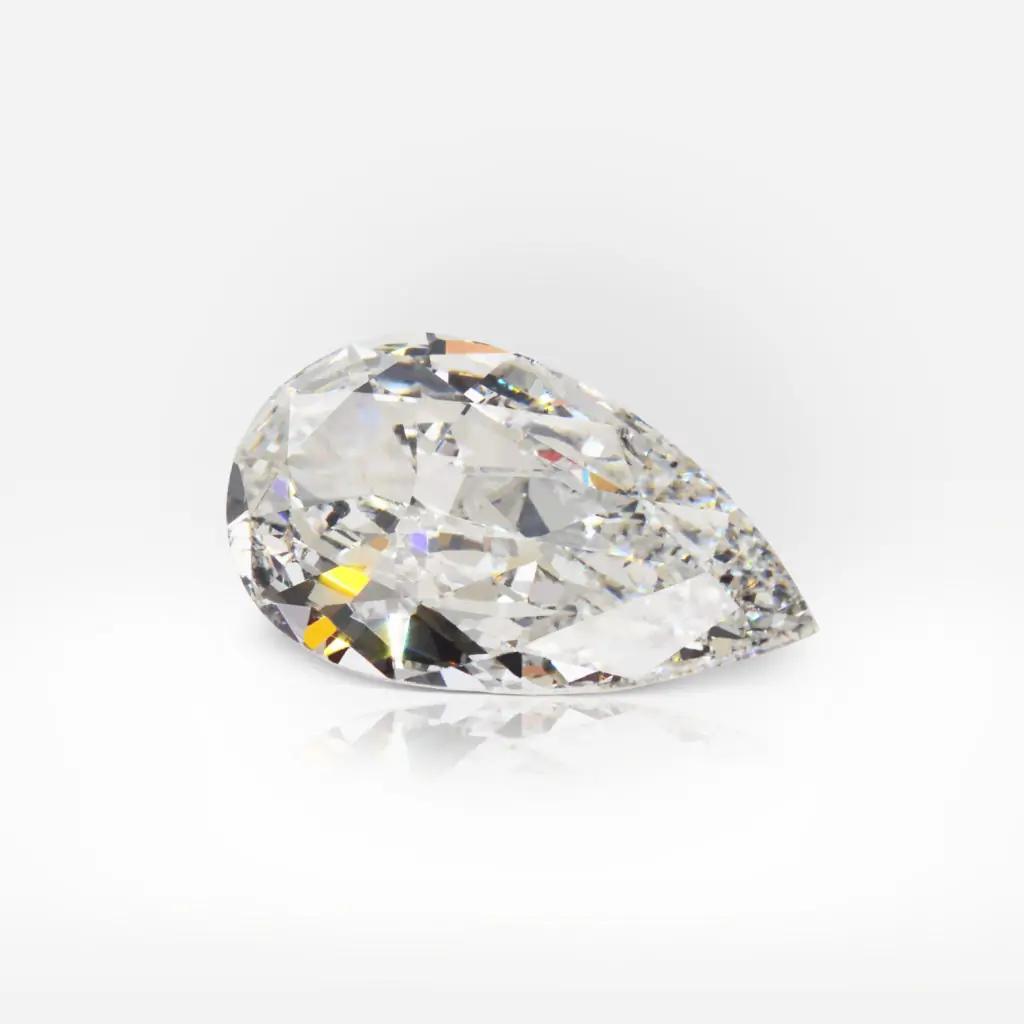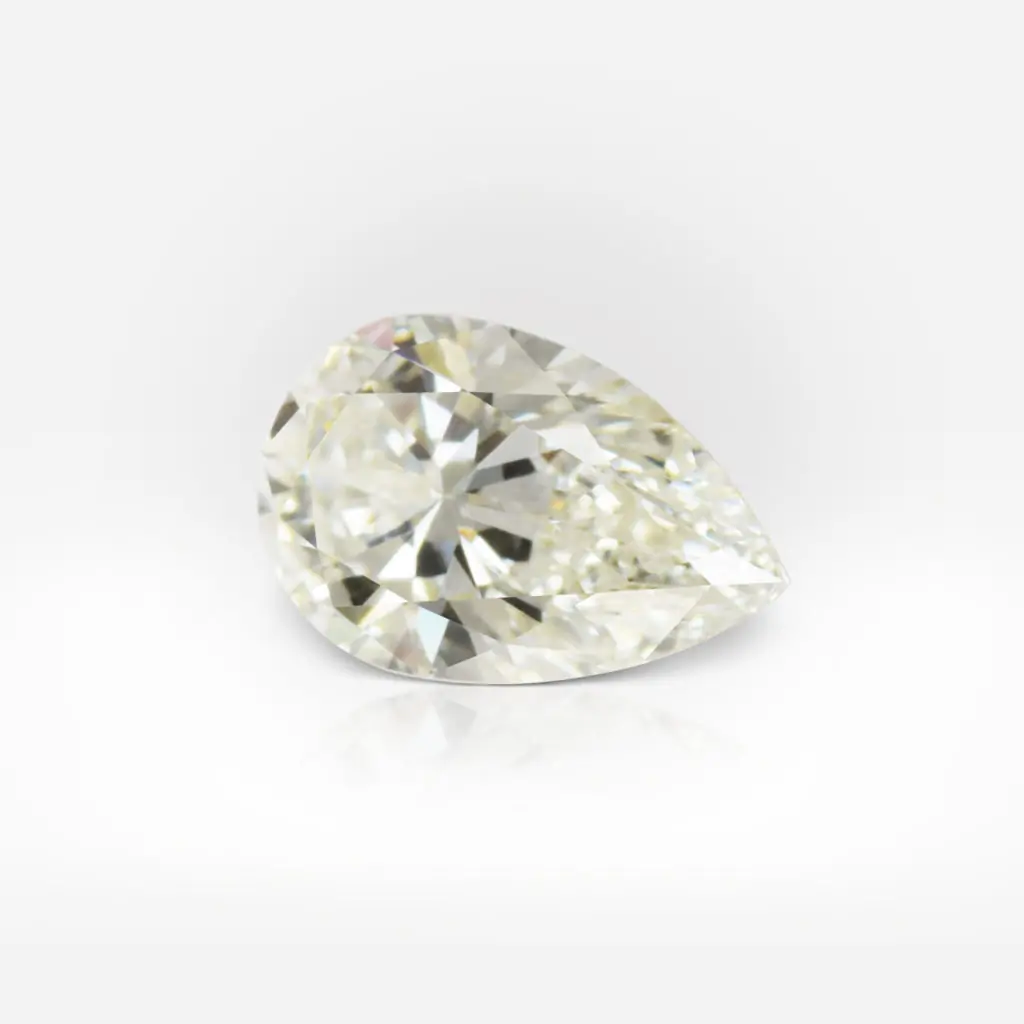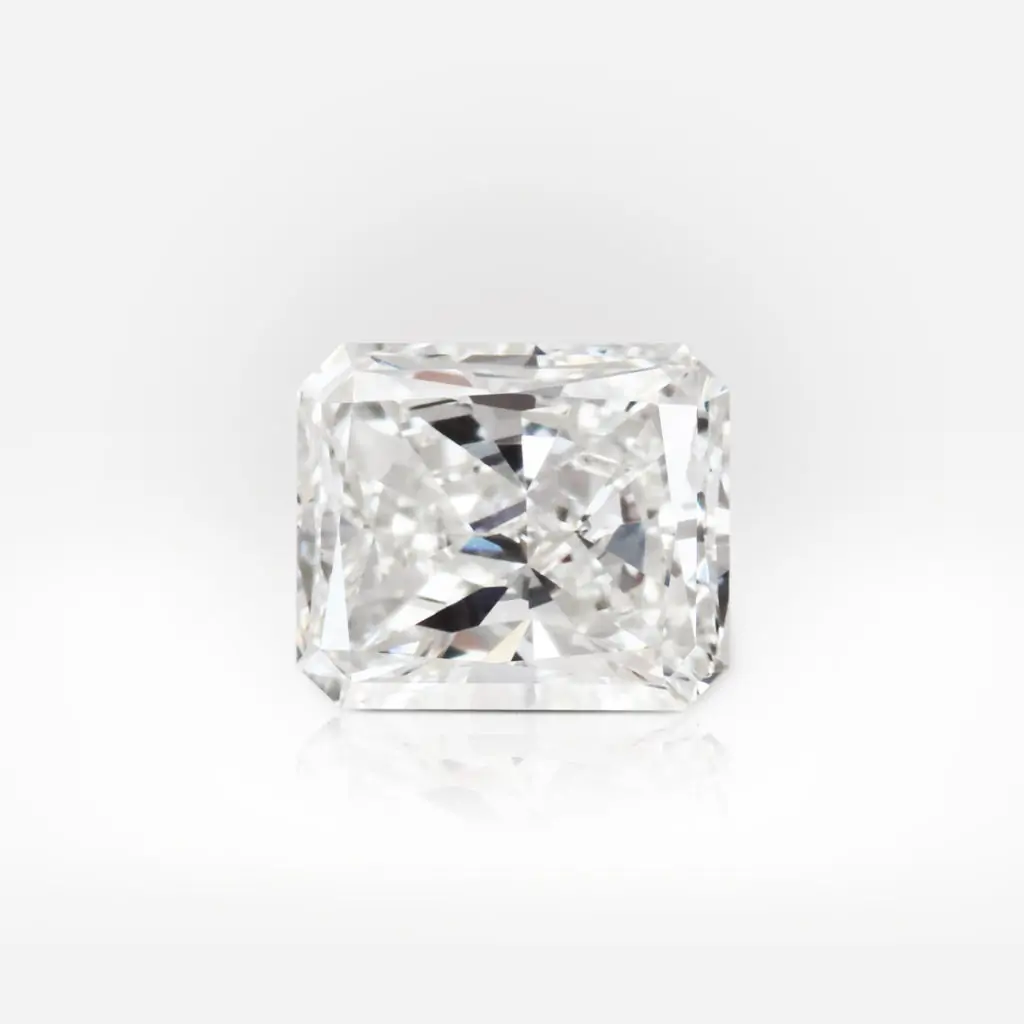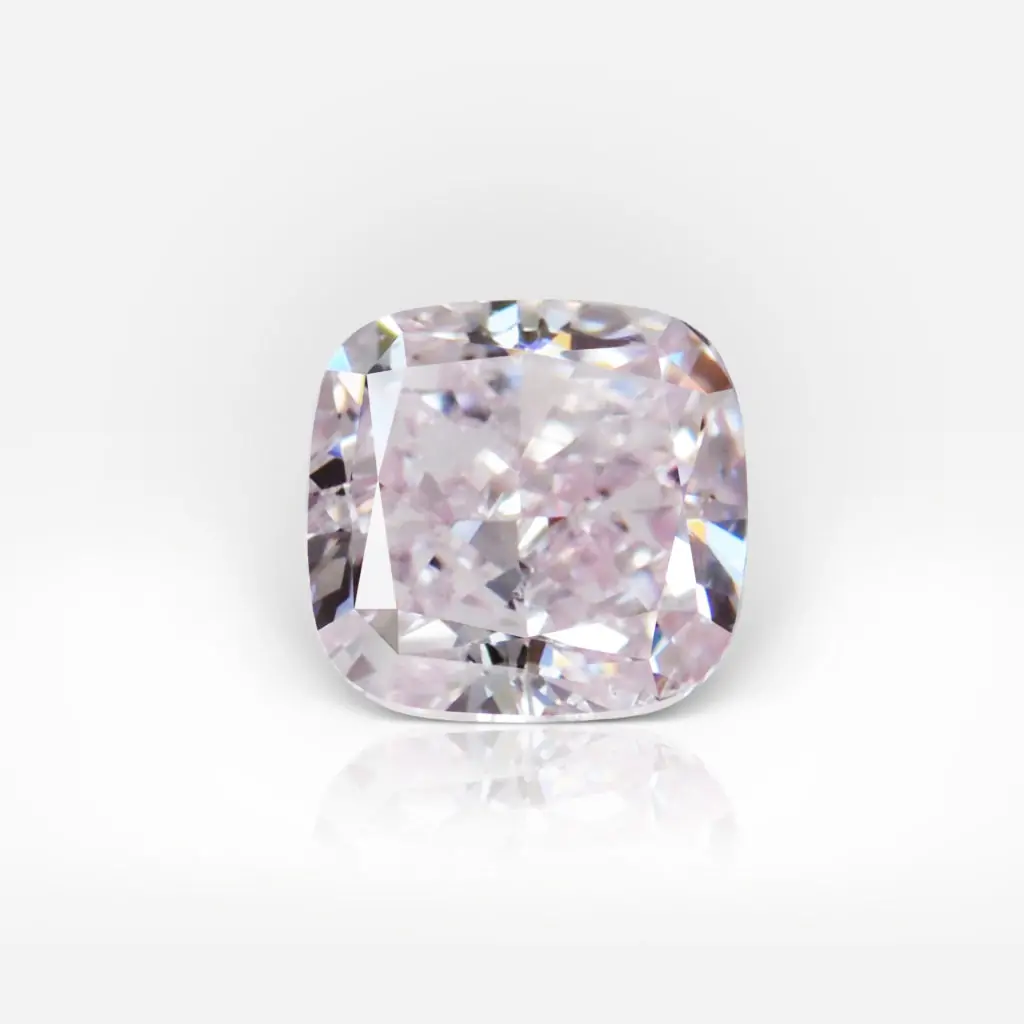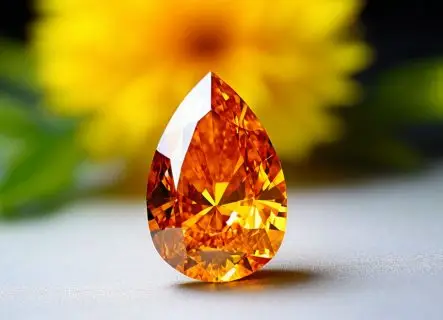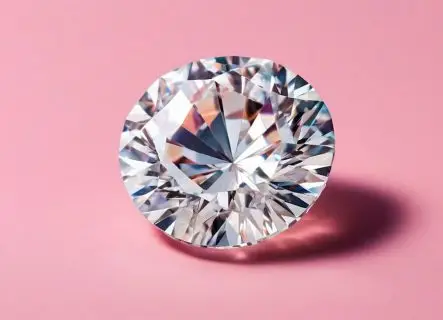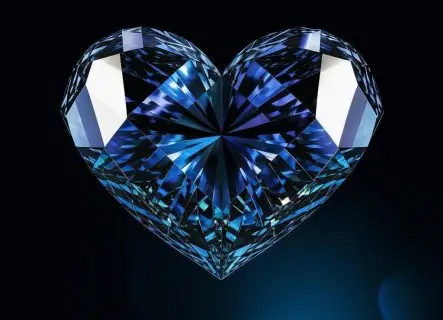
When selecting a diamond that fits your preferences and talents, clarity is a crucial consideration. It significantly affects the stone’s value, rarity, and cost.
We have attempted to address the most frequently asked questions about a diamond’s SI2 clarity in this post. We will discuss the Diamond Clarity Scale, examine SI2 clarity in particular, and attempt to provide an answer to the crucial question of whether purchasing a stone with a certain degree of clarity is worthwhile.
Diamond Clarity Scale
It is worthwhile to become familiar with the fundamentals of how these beautiful stones are categorized when looking for a diamond. This can help you avoid needless charges and save a great deal of time when making your decision.
The 4Cs are undoubtedly the most well-known idea in the diamond industry. The key factors that affect a diamond’s price and worth are concealed by the four Cs. One of these primary considerations is clarity.
The presence and quantity of inclusions, flaws, and blemishes in the diamond are expressed through clarity. The GIA developed a Diamond Clarity Scale to provide a more exact description of clarity.

The highest clarity grades on the diamond clarity scale are Flawless (FL) and Internally Flawless (IF) stones. Due to their great uniqueness, extreme rarity, and cosmic cost, these stones are incredibly pricey.
Then, with VVS1 and VVS2 degrees, comes the VVS (Very, Very Slightly Included) clarity level. VVS diamonds are nearly imperceptible to the unaided eye due to their minuscule flaws.
VS, or Very Slightly Included, with VS1 and VS2 degrees, is the following stage. This indicates that even though these diamonds have very few imperfections visible at 10x magnification, they are still minor.
Next is the SI (Slightly Included) group, which includes both SI1 and SI2 degrees. Here, ten times magnification makes inclusions visible.
The I (Included) category, which has I1, I2, and I3 degrees, is the last one. Under a 10x magnification, these diamonds’ inclusions are visible, which may significantly reduce their transparency and brightness.
What is a SI2 clarity diamond?
“Slightly included” is what SI signifies at SI2 clarity degree. It implies that there’s a potential that any interior defects or weaknesses could be apparent to the unaided eye. Therefore, those minute inclusions can be seen without the need for specialized equipment.
Additionally, even though they still retain the allure and brilliance of diamonds, premium diamonds with the highest grades on the Diamond Clarity Scale are more reasonably priced.
VS1 vs SI2 clarity
The second degree of a diamond group that is Slightly Included is called SI2.
On the diamond clarity scale, the VS1 stone is clearly higher than the SI2 one. This indicates that it is more valuable and rare. While VS1 diamonds have less noticeable faults, SI2 diamonds have flaws that are visible to the unaided eye and are primarily dependent on the cut.
A VS1 stone costs more than a SI2 diamond because it has a greater clarity rating.
SI2 clarity secret
It’s crucial to understand that diamonds of identical clarity levels seem differently depending on the cut. A stone’s inclusions or blemishes will show up differently depending on its shape.
Emerald or asscher cuts, for instance, have larger stepped facets and show flaws more obviously. Consequently, it is far better to select a diamond cut that does not imply wide edges when selecting a SI2 clarity diamond.
Conclusion. Should you buy a SI2 diamond?
Simply put, why not? There are a few oddities present, though. Now let’s disassemble them.
Initially, it’s critical to determine if these kinds of imperfections compromise a diamond’s beauty.
Not as much as you may imagine, is the response.
The expert grades a diamond using the Diamond Clarity Scale, looking at it from various angles and at a 10x magnification. Nonetheless, the most typical angle when a diamond is placed into jewelry is typically from the top. and occasionally from the side. This, together with expert cutting, frequently masks a SI2 stone’s flaws.
As a result, inclusions in diamonds of this quality won’t be noticeable to the unaided eye. This is a significant benefit since a diamond of this kind is easier to obtain than other stones of a better purity. Compared to flawless or internally flawless diamonds, SI2 can be up to 70% less expensive.
But there’s a crucial point to consider. This tip applies equally well to diamond purchases of any clarity: never buy a diamond without a certificate. A certificate serves as an assurance that you will pay for the stone’s actual qualities rather than its imagined ones. It is simple to overlook inclusions, especially those that are deceptively hidden, if you are not an expert or a gemologist and mistake a diamond for something that does not match to reality.
When purchasing diamonds of SI1 grade, make sure to thoroughly inspect them. Make sure it sparkles and appears gorgeous, and that it satisfies your criteria and expectations.
Subscribe to discover the world of diamonds and gems. If you have any questions, please let us know.


